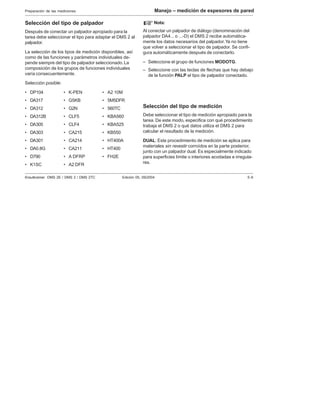


Correlations among fat thickness, muscle depth and LMP were high among all devices (between 0.565 and 0.965), and the biases were the lowest between devices in terms of LMP. For this purpose, 155 live pigs from different commercial crosses and sexes were evaluated with the US device (Piglog) and CT, and subsequently, their carcasses were evaluated with FOM and CT and subsample was dissected according to the European Reference Method. The objectives of this experiment were as follows: (1) to study the relationship between ultrasounds (US) and computed tomography (CT) linear measurements of fat and muscle thickness in live pigs and measurements taken in carcasses at the slaughter plant with reflectance equipment (Fat-O-Meat’er-FOM) (2) to find an equation to estimate the LMP on a farm using the US device in live animals (between 70 and 120 kg) and (3) to compare this LMP with those obtained in carcasses with CT, FOM and manual dissection. Lean meat percentage (LMP) and fat and muscle thickness are important carcass quality parameters for both industry and pig farmers. The PIE and the SFK lean value overestimated the CGM lean, respectively from 52 to 67% and from 52 to 65% of CGM lean, whereas the PIE overestimated the SFK lean. The bias between each apparatus was significantly different according to the halothane genotype sensibility (P < 0.01), whereas the sex influenced only the difference between CGM and PIE lean meat content and the absolute value of this difference. For each machine, gilts had more lean meat percentage than barrows (P < 0.05). The effect of machine X sex interaction was also highly significant (P < 0.001). Regardless of the machine type, the carcass lean content increased from homozygote negative stress (CC) to heterozygote negative stress (CT) and from CT genotype to homozygote positive stress (TT). The effect of the machine X genotype interaction was highly significant (P < 0.001). The percentages of lean meat were 65, 65.7 and 63.9%, respectively, for CGM, PIE and SFK (P < 0.05). The effect of the machine was highly significant (P < 0.001) for the carcass lean measurements. The carcass lean meat content was estimated by CGM at the slaughterhouse. The day before slaughter, carcass lean content was measured with two types of ultrasonic devices on the live animal: the Piglog 105 and the Pie Medical Scanner 200. A comparison of the Fat Lean Meter (CGM), the ultrasonic device Pie Medical 200 (PIE) and the Piglog 105 (SFK) for estimation of the carcass lean meat proportion was realized with 307 Pietrain and negative-stress Pietrain.


 0 kommentar(er)
0 kommentar(er)
